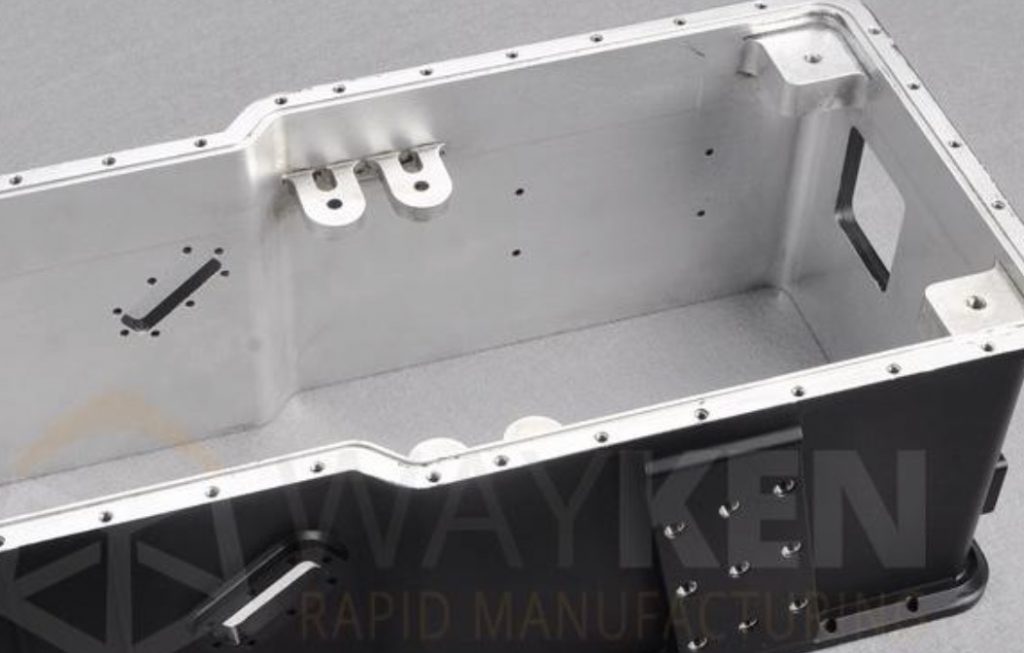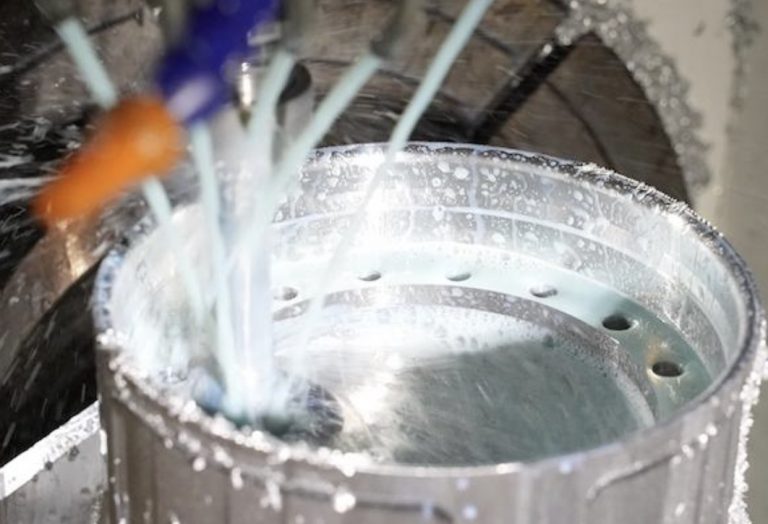The biggest characteristic of thin-walled parts is smaller wall thickness and higher strength and plasticity resistance. Whether deformation occurs in thin-walled parts is related to factors such as surface hardening, chatter, heat and cutting. Tight tolerance CNC machining services can be divided into 3 phases, i.e. design and programming, machining monitoring and product inspection.
For thin-walled parts, the biggest challenge is the deformation controlling during the forming process. Therefore, the CNC machining of thin-walled parts has high requirements for machining technology, clamping methods, tools and cutting technology.
In the CNC machining of thin-walled parts, the machining accuracy will be affected by many factors. Among them, temperature is an important factor affecting the forming quality of thin-walled parts. The thickness of thin-walled parts is small, and thermal deformation is very easy to occur under the joint action of cutting heat, which reduces the manufacturing accuracy and quality of the workpiece.
In addition, cutting force, clamping method, tool wear, etc. will have a certain impact on the cutting performance of CNC machine tools.
1. Choosing the Right Cutting Tools
For the CNC machining of thin-walled parts, the tool must be carefully selected. For example, in the turning process, usually using the main offset angle of 90 ° tool for rough turning and finish turning of the outer circle. Threaded tools can be selected machine tool, this is because the tip angle of this tool is more accurate. Even in case of failure, it is easy to replace.
First of all, the cutting angle of the cutting edge of the tool should be appropriate, not too big or too small. Blade angle is too large, easy to cause vibration and deformation of the workpiece; while the blade angle is small, and will increase the cutting force, reducing processing efficiency.

Secondly, the specifications and size of the processing tool should be appropriate. Too large a tool size will lead to insufficient rigidity and vibration, the size is too small and will reduce the depth of cut. Machining bore generally choose machine tool, this is due to its high strength, no need to sharpen the grinding, not only to shorten the cycle of tool replacement, but also to reduce the vibration of the cutting part of the tool deformation, thereby reducing the occurrence of vibration marks.
Finally, the tool angle and tip selection should be reasonable. The larger the tool front angle, the smaller the depth of cut, the more favourable to reduce the cutting force and reduce surface roughness. The radius of the tool tip and the main deflection angle of the tool can be determined by calculation or actual measurement.
According to experience, the tool main deflection angle of 90 ° ~ 93 °, you can get a better surface quality. Analysing the results of surface roughness measurements, it was found that better surface quality can be achieved when the tool tip radius is 0.8 mm. Professional surface finishing gives the final product the top-notch aesthetics and texture, especially when manufacture functional prototype. The right CNC cutting tools can integrate the characteristics of different engineering-grade materials, ensuring that “functional prototypes” achieve precise dimensional tolerances and surface finish. Therefore, according to the actual problem, choose the appropriate tool angle and tip.
2. Strict Control of Cutting Parameters
To improve the precision of CNC cutting for thin-walled parts, the basic process involves clamping first and cutting later. For some easily deformable thin-walled parts, it is also necessary to analyze the subsequent negative impacts of part deformation.
The following steps should be taken based on deformation changes in thin-walled parts to preset the cutting path:
- Calculate the clamping angle according to the physical properties of the thin-walled part to reduce deformation.
- Choose support points reasonably to avoid damaging the surface stiffness of the thin-walled parts, especially those with lower surface stiffness.
- Perform error calculations to effectively correct and adjust deviations in the cutting path, significantly reducing the overall processing defect rate of thin-walled parts.
3. Extending Cutting Time Appropriately

Thin-walled parts of the cutting time is generally 15 ~ 30 min, which is mainly related to the workpiece material, cutting dosage and tool type. Cutting amount of cutting time in the five aspects of the impact.
- Larger cutting depths extend processing time due to increased feed rates, which cause severe friction between chips and the machined surface, leading to tool wear and part deformation.
- Feed rate influences cutting time. Too small a feed rate results in poor surface quality, while too large a feed rate increases cutting force, causing workpiece deformation.
- The front angle of the tool impacts cutting time; a larger front angle makes chip deformation easier.
- The radius of the tool’s cutting edge affects cutting time; a larger edge radius increases contact area with the workpiece surface.
- Tool type affects cutting time; using carbide tools can extend processing time. Measures to effectively extend cutting time include selecting sharp tools, adding coatings, using enhanced coolants to reduce thermal deformation, lowering cutting speeds to reduce frictional heat, and adjusting cutting depth based on part thickness and tool performance.
Conclusion
Improve the quality of thin-walled parts CNC machining process is an important means of CNC machining enterprises to improve product quality, to reduce the cost of CNC production, improve the economic efficiency of enterprises is of great significance.


0 Comments